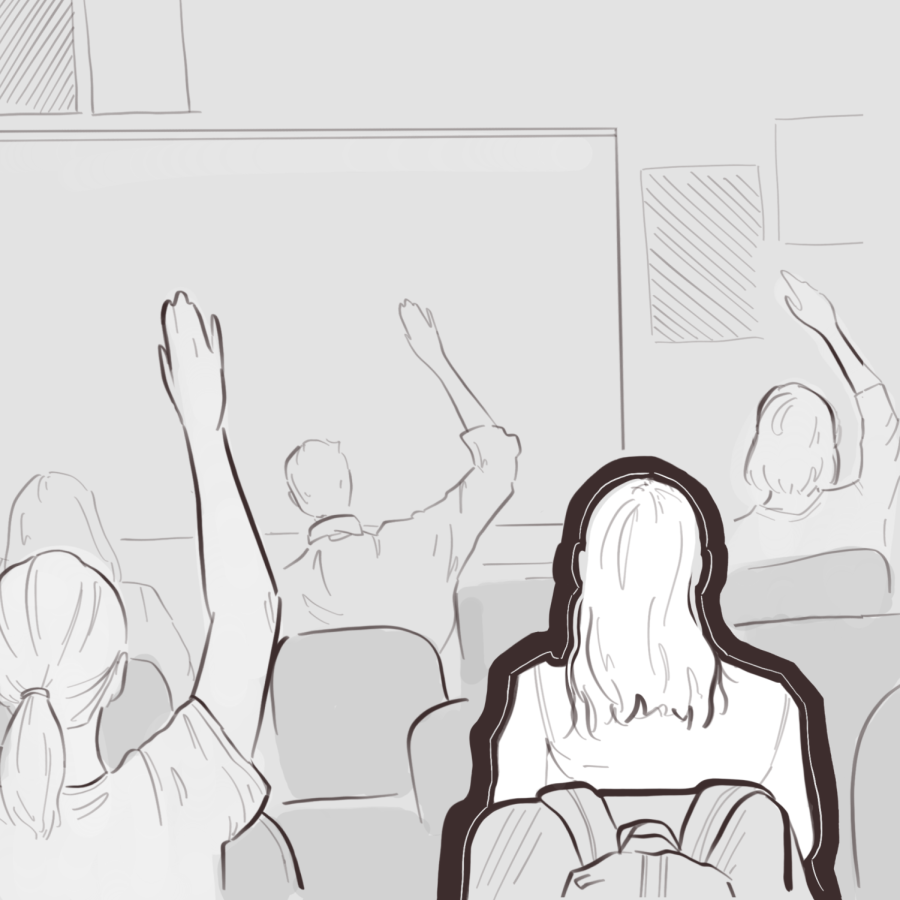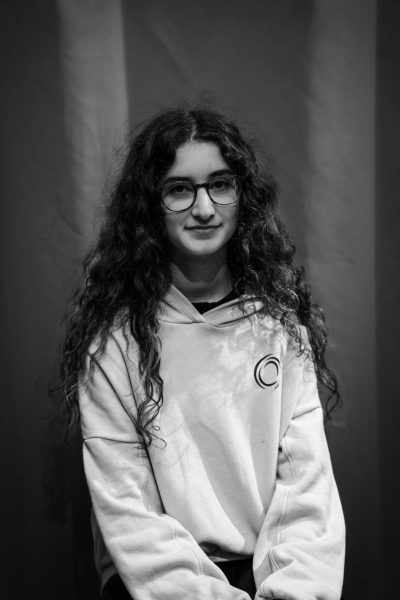The Experience of Multilingual Learners
May 8, 2023
When Ruhama Yeseraw ’24 first arrived in the United States, the general-ed teachers didn’t know how to help her. “I was shy,” she told the Register Forum, “Even if I knew the answer, I didn’t raise my hand.”
Yeseraw immigrated from Ethiopia, and her experience seems to be common among multilingual learners. “If there aren’t other English language learners in the class, they’re afraid to talk to other kids and they’re afraid to ask the teacher questions, just because they don’t want to draw attention to themselves,” Alicia Roth, an English as a Second Language (ESL) teacher at CRLS, explained to the Register Forum.
While ESL classes provide a tight-knit learning community with well-trained teachers, general classes can be tougher. In order to renew their teaching license, all teachers have to take a course on teaching new English speakers. However, not every teacher has the bandwidth to support these students, as Safa ’23, who couldn’t reveal her last name, acknowledged. “It’s very hard for teachers to do,” she said to the Register Forum. “I just have a problem. I talk in my ESL classes, but in other classes I almost never talk.”
ESL teachers often don’t know any of their students’ general teachers. Therefore, if students are too self-conscious to communicate their needs, there’s no way for their ESL teachers to reach out and do it for them. “We have no common meeting time, and no communication between teachers who should really be working as a team to support the students,” Roth said.
Even in ESL classes, it can be hard to truly reach students, especially if they have other responsibilities. Vera Duarte, the CRLS Sheltered English Immersion (SEI) and International Center Teacher in Charge, told the Register Forum, “A lot of our students work full time jobs after school, only getting home at 11 or 12 and doing their homework at that time.” She continued, “If you asked them, ‘Do you feel like you belong?’ they would probably say, ‘No, I just come to school to learn, and leave right at three o’clock, because I have to rush to my job.’”
However, this doesn’t mean that all multilingual students are isolated from the CRLS school community. When students have a higher level of English, they are able to take a variety of different electives and classes with native English speakers. Students in SEI classes have fewer options, but can still participate in after-school clubs and art electives.
“There are a lot of classes you can take here that are not only economical, but fun too,” Yeseraw said to the Register Forum. “I feel more included now. I’m making a lot of friends in my classes, and understanding more.” This is the goal of the multilingual program. Despite difficulties in general classes, most of the students interviewed were extremely grateful for the opportunities granted to them at CRLS, and for their newfound second language.
“We had a student last year, and the last time he was in school was in second grade. He didn’t finish second. And then, for the rest of his young life, he was just working on the farm with his parents,” Duarte told the Register Forum. “To see those students crossing the graduation stage just like anyone else, knowing their stories and their background—it’s why I love what I do.”
This article also appears in our March 2023 print edition.











